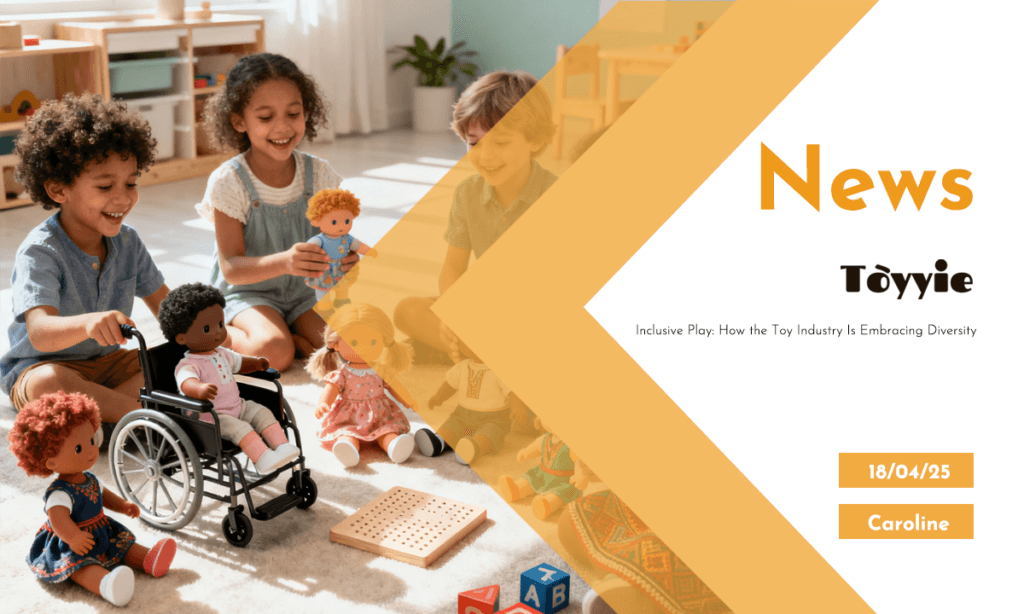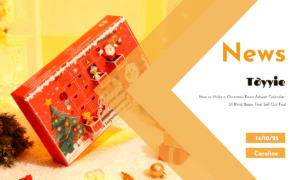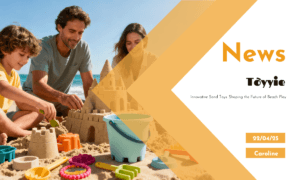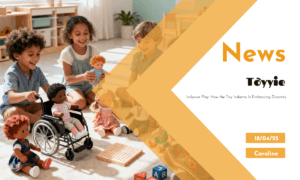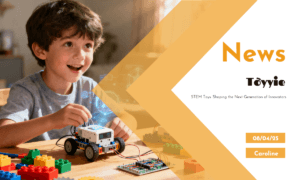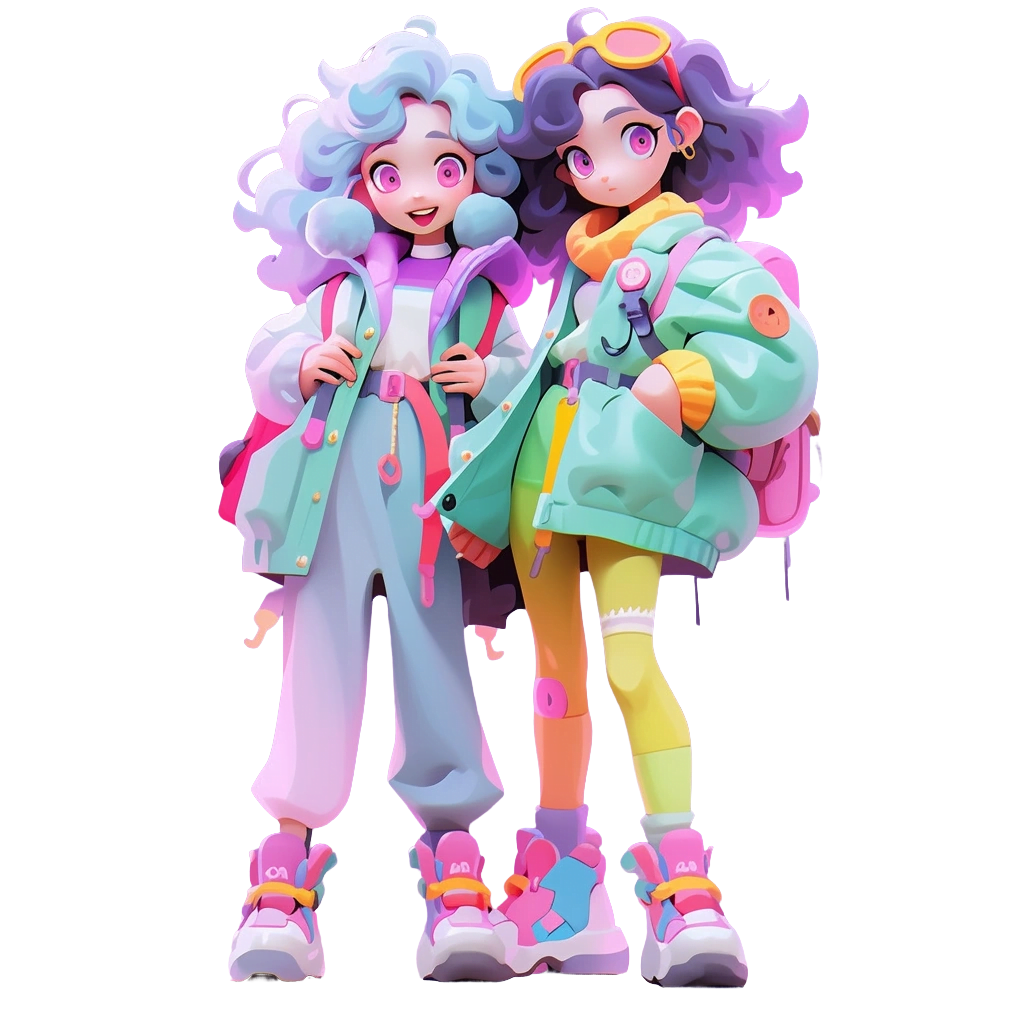📌 Introduction📌
I’ll never forget the day my niece, Emma, opened her birthday present—a doll with curly hair and a skin tone that matched hers. Her face lit up in a way I hadn’t seen before. “She looks like me!” she exclaimed, hugging the doll tightly. That moment stayed with me because it underscored something profound: toys aren’t just playthings—they’re mirrors. They reflect who we are, who we can be, and how we see the world.
For far too long, the toy industry catered to a narrow definition of “normal.” Dolls were predominantly blonde and blue-eyed, action figures were hyper-masculine, and children with disabilities were rarely represented at all. But today, the tide is turning. The toy industry is finally waking up to the importance of diversity and inclusion, creating products that celebrate differences instead of ignoring them. And as a parent, educator, or consumer, you have the power to support this shift and help shape a more inclusive future for our children.
In this article, we’ll explore how toys can foster empathy, understanding, and acceptance—and why embracing diversity in play isn’t just good for kids, but essential for society as a whole.
Why Representation Matters in Toys 🌟
Reflecting Real-World Diversity
When I walk into a classroom or a playground, I see a kaleidoscope of identities—different races, genders, abilities, and cultures. Yet, for decades, toy shelves told a different story. If a child couldn’t find a toy that looked like them, what message did that send? That they didn’t belong? That their identity wasn’t valued?
Representation matters because it validates a child’s sense of self. Take **Mattel’s Barbie Fashionistas line**, for example. Launched in 2016, this collection includes dolls with diverse body types, skin tones, hairstyles, and even disabilities (like a wheelchair and prosthetic limb). These dolls don’t just expand options; they affirm that every child deserves to see themselves reflected in the world around them.
Breaking Down Stereotypes
Toys shape how children understand gender roles, cultural norms, and societal expectations. Think about the classic “pink aisle” vs. “blue aisle” divide in toy stores. Girls were encouraged to play with dolls and kitchen sets, while boys gravitated toward trucks and action figures. These rigid categories reinforced outdated stereotypes, limiting imagination and self-expression.
Thankfully, brands like **GoldieBlox** and **Green Toys** are challenging these norms by creating gender-neutral toys that focus on creativity and problem-solving rather than conformity. For instance, GoldieBlox’s engineering kits feature female protagonists solving STEM challenges, inspiring girls to dream beyond traditional boundaries.
Promoting Empathy Through Play
When children play with toys that represent diverse experiences, they learn to appreciate differences and develop empathy. A boy playing with a doll dressed in traditional South Asian clothing might spark curiosity about other cultures. A girl using a Braille-enabled puzzle might gain insight into the lives of visually impaired individuals. Toys become tools for storytelling, helping kids navigate a complex and interconnected world.
How Toys Are Shaping Understanding and Acceptance 🤲
Celebrating Cultural Heritage
One of the most exciting trends in the toy industry is the rise of culturally specific toys. Brands like **Lottie Dolls** and **Miniland Educational** offer dolls inspired by various ethnicities, complete with accurate features, attire, and accessories. These toys not only celebrate cultural heritage but also educate children about global traditions.
For example, Miniland’s “Doll Friends” series includes dolls wearing hijabs, turbans, and kippahs, encouraging conversations about religious practices and mutual respect. Parents often share stories of how these toys have sparked meaningful discussions within families, bridging generational gaps and fostering pride in one’s roots.
Including Children with Disabilities
Inclusivity isn’t just about race or gender—it’s about ensuring that *all* children feel seen and heard. Toys designed for children with disabilities are becoming more common, thanks to innovative companies like **LEGO** and **MGA Entertainment
LEGO’s **Braille Bricks** allow visually impaired children to learn braille through play, while MGA’s **L.O.L. Surprise! O.M.G. Remix** dolls now include characters with wheelchairs and hearing aids. These initiatives go beyond tokenism; they empower children with disabilities to engage fully in imaginative play alongside their peers.
Encouraging Gender Fluidity
The binary view of gender is slowly fading from the toy landscape. Companies like **Hasbro** and **Tonka** have introduced gender-neutral versions of classic toys, allowing children to explore interests without being boxed into predefined roles. Hasbro’s **Potato Head** rebrand—dropping “Mr.” and “Mrs.”—is a prime example of this shift.
Moreover, independent creators are leading the charge with lines like **Gender Creative Kids’ Sam**, the first transgender doll designed to normalize conversations about gender identity. These efforts remind us that play should be liberating, not limiting.🌈
The Role of Parents and Educators in Fostering Inclusive Play 👨👩👧👦
While the toy industry plays a crucial role in promoting diversity, parents and educators are equally vital in nurturing an inclusive mindset. Here’s how you can make a difference:
Curate Diverse Toy Collections
As a parent, take a close look at your child’s toy box. Does it reflect the diversity of the real world? If not, consider adding toys that showcase different races, abilities, and family structures. Brands like **American Girl**, **Melissa & Doug**, and **Kidzlane** offer excellent options for expanding representation.🎁
Facilitate Conversations About Differences
Toys provide a natural starting point for discussing topics like race, disability, and culture. Use playtime to ask open-ended questions: “Why do you think this doll wears a hijab?” or “How would you feel if you used a wheelchair?” These dialogues build emotional intelligence and prepare children to thrive in diverse environments.💬
Support Inclusive Brands
Vote with your wallet by supporting companies committed to diversity. Look for certifications like B Corp or partnerships with advocacy groups. Share your favorite inclusive brands on social media to amplify their impact. Every purchase sends a message to the industry about what consumers value.✅
Looking Ahead: Building a More Inclusive Toy Landscape 🚀
Expanding Representation Across Categories
While progress has been made, there’s still work to do. Action figures, board games, and educational toys need more inclusive representation. Imagine a superhero team where every character reflects a unique identity—or a history-themed board game featuring leaders from underrepresented communities. The possibilities are endless.🎮
Leveraging Technology for Accessibility
Augmented reality (AR) and artificial intelligence (AI) hold immense potential for making toys more accessible. For example, AR apps could overlay audio descriptions for visually impaired children or translate instructions into multiple languages for bilingual families. AI-powered robots could adapt gameplay to suit varying cognitive abilities, ensuring no child feels left out.🔧
Collaborating with Advocacy Groups
The best way to create truly inclusive toys is by involving marginalized communities in the design process. Companies like **PlayMonster** and **Fat Brain Toys** partner with organizations led by people of color, LGBTQ+ advocates, and disability rights activists to ensure authenticity and relevance. By listening to those with lived experiences, the industry can move beyond performative gestures toward genuine inclusivity.🤝
Join the Movement Toward Inclusive Play 📢
Every time we choose a toy, we’re making a statement about the kind of world we want to live in. Do we want a world where only certain identities are celebrated, or one where everyone belongs?
As I watch my niece play with her curly-haired doll, I’m reminded of the power of small actions. Supporting inclusive toys may seem like a simple choice, but its ripple effects are profound. It teaches children to embrace differences, fosters a sense of belonging, and lays the foundation for a more compassionate society.
So, what will you do to champion inclusive play? Will you seek out diverse toys for your home or classroom? Advocate for better representation in the industry? Or simply start a conversation with your child about why inclusion matters?
Together, we can create a world where every child feels seen, valued, and loved—one toy at a time.❤️
Share your thoughts in the comments below—I’d love to hear how you’re promoting inclusivity in your corner of the world!

